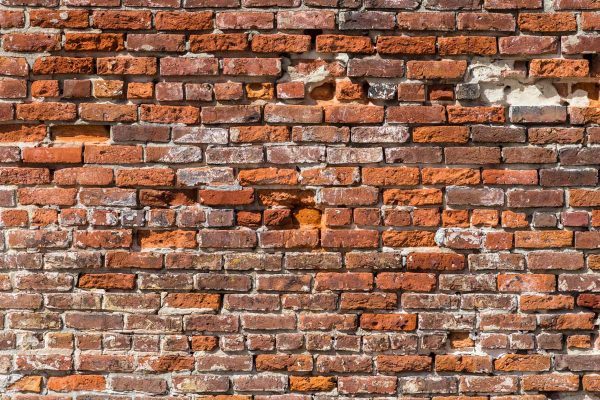3 signs your historic brick building needs repair

Brick is one of the timeless building materials the world over. Prized for its durability, ubiquity and unique look, brick has made its way into structures from ancient Babylonia all the way up to the modern day.
Historic brick buildings add character and interest to any city. A well-maintained brick structure, whether the brick is facade or structural, is a beautiful symbol of a time gone by. But if it’s not well-maintained, it’s a grim reminder of urban decay. Keeping that building in good repair is important. There are three areas you need to keep an eye on to know when your building needs repair.
Cracking
Older buildings are susceptible to cracking in a few different ways.
As the building settles over time, settlement cracks may form in the mortar. These lead to further deterioration of the mortar, which in severe cases can actually compromise the entire structural integrity of the wall or the building. Pests and water can make their way through the compromised outer skin of brick.
Thermal expansion can also cause cracking as brick expands and contracts in the heat and cold. It will tear mortar joints apart slowly over time. Mortar will slowly degrade over time anyway, but in areas that have large temperature swings, the expansion and contraction will make it degrade faster.
Structural issues like improper lintels over doors or windows can cause cracking too, but this is less common than the other two, which happen to every building.
Spalling
This is when the brick itself deteriorates. As with any water damage, small cracks lead to larger cracks, which sometimes lead to flaking, chipping, and deterioration of the entire brick. This usually comes from moisture infiltration, which has a variety of causes—everything from soffit to guttering to over-washing with high-powered pressure washers.
Repairing these issues requires first fixing the underlying moisture problem, then replacing the affected brick with new brick. That allows for the wall to be reassembled without fear of a recurring problem.
Bowed/Bulging Walls
If you see a wall that looks like it’s leaning, bulging or bowing out, it’s a sign of a serious structural problem. Foundation or lintel damage, brick degradation, and more are causes—but there’s a huge variety of things that can cause this outward symptom.
Bulging or bowed walls need to be evaluated immediately. The first determination needs to be whether they are veneer or structural, as those need different types of treatment. Once that’s determined you can figure out a plan of action. The most important part is to not delay, because this sign means that the wall will eventually fail.
No matter which of these signs you’re seeing, JK Industries can help you create a plan that will help you repair your historic brick building. We’re here to help—just give us a call and we’ll come visit.
